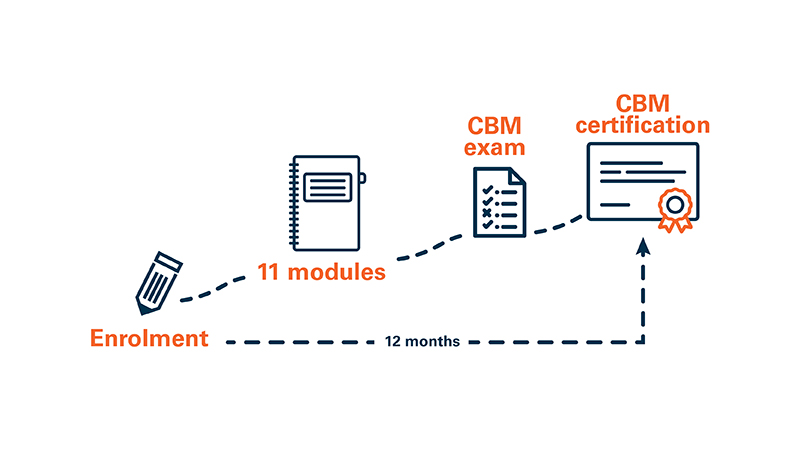What are the main functions of Reserve Bank of India?
Contents
At that point, the Government asked the Hilton Young Commission in 1925 to see this matter. The commission presented their reports saying that one single association can’t have the option to go about as two separate organizations, both credit and cash control. In the first April 1935, the Reserve Bank of India was set up. Also gives loans and advances to the government for a temporary period. The government borrows money by selling treasury bills to Central Bank. 2) All the payments are receipts are made through banks i.e all payments are made to check and all receipts are deposited in the banks.

Development of specialized institutions for agricultural credit, industrial finance. RBI is authorized to issue various guidelines for bank directors and has the power to appoint additional directors to the board of a banking company. RBI also provides loans to the central/State/UT Government as a banker to the government. So now, the RBI is responsible to oversee the foreign exchange market in India. RBI supervises and regulates the Foreign Exchange Market through the provision of the FEMA Act 1999.
Briefly explain the functions of RBI.
Locker Facility- Commercial banks provide safety vaults all lockers to keep their valuables safe like jewelry important documents and other valuables. 1) Overdraft Facility- Under the facility Bank allows is a customer to withdraw an amount more than what actually standing in his account. This facility is given to reliable and credit for the customer for a short period. The customer has to pay interest to the bank on the amount withdrawn by them.
RBI is the responsible agency for receiving and paying money on behalf of the various government departments. To keep price stability around entire sectors along with the growth objectives. Nder this technique RBI gives direction to other banks to give or not to give credit for short and purposes to particular sectors. It refers to persuasion and pressure that send to bank employees and other banks in order to get them active, in a manner in line with its policy.
- The central bank also serves as an agent and adviser to the Government.
- RBI acts as an advisor to the government when called upon to do so on financial and banking-related matters.
- This forces the commercial banks to raise, in turn, the rate of interest from the public.
- People exchange goods and services through medium of money when they buy goods or sell products.
- 2) Discounting Bills of Exchange- It refers to a facility where a holder of a bill of exchange can get the bill discounted before dating of maturity.
So, here we will read in detail about these three types of functions. In 1921, the Imperial Bank of India was set up to proceed as the national bank of India by the British Government. However, the Imperial Bank weakened to express its achievement sufficiently and didn’t make any progress as the Central Bank.
Key Features Related to the Functions of RBI
He Reserve Bank of India can influence the credit creation power of the banks by making changes in CRR or SLR. A decrease in bank rate will have the opposite effect. Now the bank will receive 9000 and it will again keep 10% of 9000 that is 900 as a reserve, and will lend remaining 8100 to other borrowers. Suppose the borrower withdraws this amount of 9000 and make payment to some, and for doing this he will deposit this amount in the account of that person to whom he is making the payment.
Hence, central banks act as a custodian of cash reserve. ‘Direct exchange of goods against goods without use of money is called barter exchange’. Alternatively economic exchanges without the medium of money are referred to as barter exchanges. An economy based on barter exchange (i.e., exchange of goods for goods) is called C.C.
Hence, a thorough knowledge of the structure and functions of RBI will help you in understanding it better. Further, over the years, questions from the RBI functions, structure, or the latest announcements/ notifications/guidelines that RBI announces are asked in the exam. As per RBI, priority sectors are those sectors of the economy that may not get timely and sufficient credit in the absence of these special schemes. That means RBI comes to rescue the banks that are solvent but have not gone bankrupt. RBI provides this facility to protect the interest of depositors and to prevent the possible failure of the bank. RBI is a common banker for the different banks that enables the settlement of interbank transfers of funds.
This function is known as credit creation or money creation. Money came into use to remove the inconveniences of barter as money has separated the act of purchase from sale. Medium of exchange is the basic or primary function of money. People exchange goods and services through the medium of money. Money acts as a medium of exchange or as a medium of payments.
However, after the independence of India in the year 1947, it was nationalized. It refers to the rate at which Central Bank of a country borrows money from commercial banks. As a supervisor, Central Bank regulates and controls the commercial banks. Regulation of banks may be related to their licensing, branch expansion, liquidity of asset winding up, etc. The control is exercised by periodic inspection of pants and the return filed by them.
This article will acquaint you with the importance of the central bank with a focus on the functions of the central bank of India. Commercial banks are required to maintain the cash reserves at a rate decided by the RBI in its monetary policy. RBI is the central bank of India and influences the management of banks by formulating a number of policies, rules, and regulations and through its overall direction.

Managing the Government’s banking transactions is one of the key functions of the RBI. Like individuals, businesses and banks, Governments too need a banker to carry out their financial transactions in an efficient way, including the raising of resources from the public. Since its inception, the RBI has undertaken the traditional central banking function of managing the Government’s banking transactions. The central bank also serves as an agent and adviser to the Government. The meaning of central bank is a financial institution that has the privilege of producing and distributing money for a country or a group of countries. The central bank, in the modern economy, is also responsible for regulating member banks and formulating monetary policies.
Supervisory Functions
These are implemented by announcing monetary policies at regular intervals. The monetary policy involves the management of interest rates and money supply. The central bank of India tweaks the money supply to achieve objectives such as liquidity, inflation, and consumption. These refer to buying and selling of Government securities by Central Bank. This is done to influence the money supply in the country. Central Bank functions as a banker to the government— both central and state governments.
However, banks cannot lend an entire amount to customers. It is legally compulsory for banks to keep some amount as a reserve. This transaction is called legal Reserve Requirement and it is fixed by Central Bank. Commercial banks also preserve bills of their customers as Trustee and execute them after the death as executor. At very high rate of interest, say 15%, people convert their entire money holding into bonds indicating speculative demand for money to be zero. Double coincidence of wants means what one person wants to sell and buy must coincide with what some other person wants to buy and sell.

Issue of Notes —The Reserve Bank has a monopoly for printing the currency notes in the country. It has the sole right to issue currency notes of various https://1investing.in/ denominations except one rupee note . It also represents the Indian Government, as a member of the International Monetary Fund and the World Bank.
For the development of organised money market in the country. It can neither purchase or invest in the shares of any company nor can grant loans on the securities of any such shares. Q.22. Write short notes on any two credit control techniques adopted by the RBI. Where the R.B.I has no offices of its own the function of clearing house is carried out in the premises of the State Bank of India. The entire clearing house operations carried on by R.B.I. are computerised. The inter-bank cheque clearing settlement is done twice a day.
There is only one central bank in a country due to the peculiar nature of its activities. Letter of Credit- letter of credit is issued by the banks to certify creditworthiness of their customers. Income Tax Consultancy- the commercial bank also advise on matters relating to Income Tax to their customers and even prepare their income tax returns. Keynes places great emphasis on this function of money.
Inherit commercial banks are forced to reduce credit availability. Central Bank is an Apex body that controls operates, regulates and direct the entire banking and monetary structure of the country. Money as store of value solves the barter problem of lack of storing wealth . Money as medium of exchange solves the barter’s problem of lack of double coincidence of wants as money has facilitated separation of purchase from sale. You can sell goods for money to whoever wants it and with this money you can buy goods from whoever wants to sell them. People exchange goods and services through medium of money when they buy goods or sell products.
SCERT Class 12 Banking Chapter 2 Reserve Bank Of India
The Reserve Bank has fixed minimum margins to be maintained by the banks regarding their advances against the commodities subject to selective controls. The R.B.I. carries out this function through a cell known as National Clearing Cell. In 1998 there were all 860 cleaning houses in operation of which 14 were run by R.B.I. 578 by SBI and others by public sector banks. The central bank proposed a reconstruction scheme under which SBI might take a maximum of 49% stake in the restructured capital of the bank. RBI should release money as it will increase money supply in the economy, and thus inturn will increase production activities.
The RBI grants accommodation to commercial banks, financial institutions, bill brokers, etc. in the form of collateral advances or re-discounts. This step is taken in times of stress functions of rbi class 12 so that the financial structure of the country is saved from collapsing. This lending is done on the basis of government securities, treasury bills, government bonds, etc.
